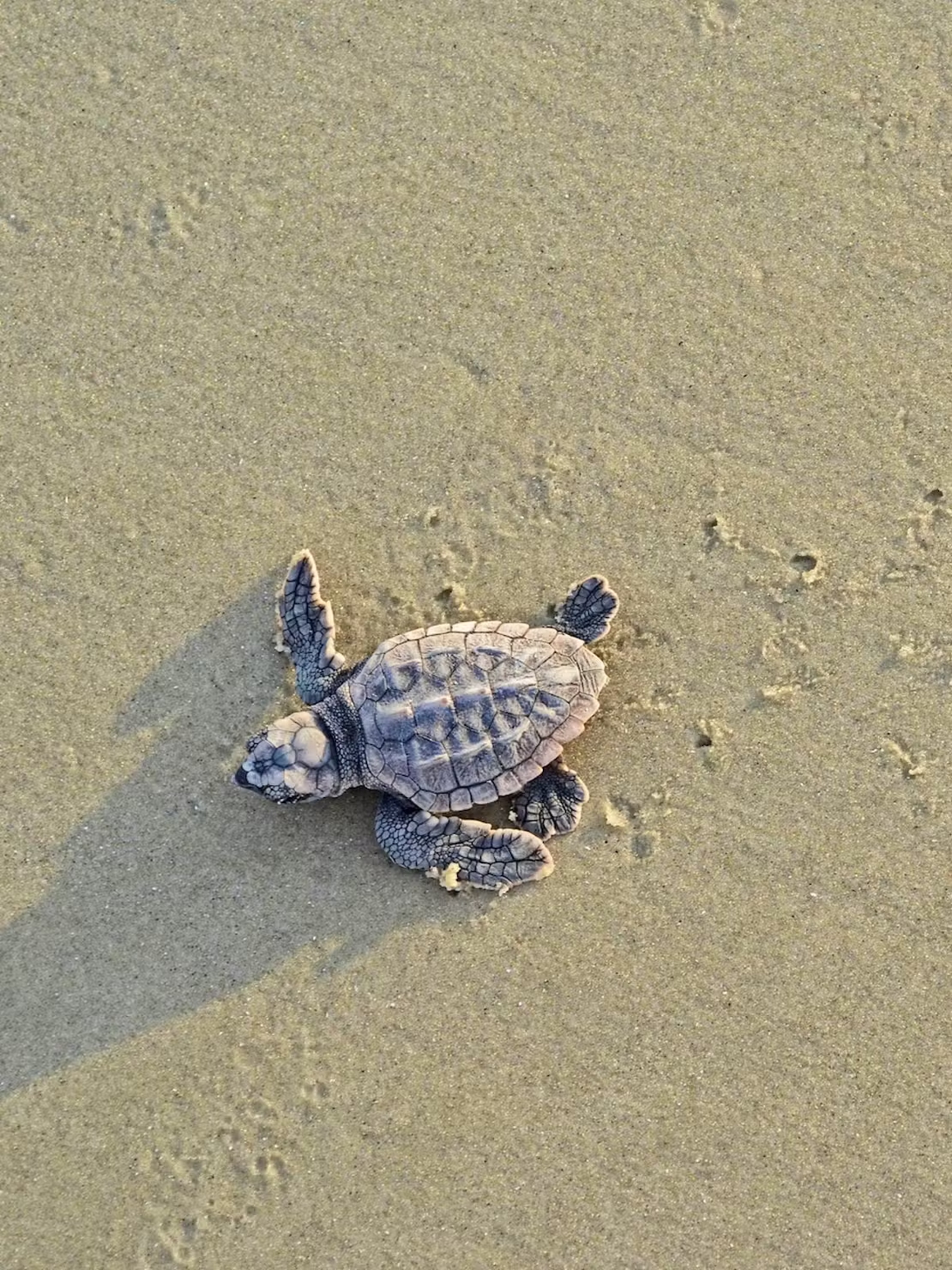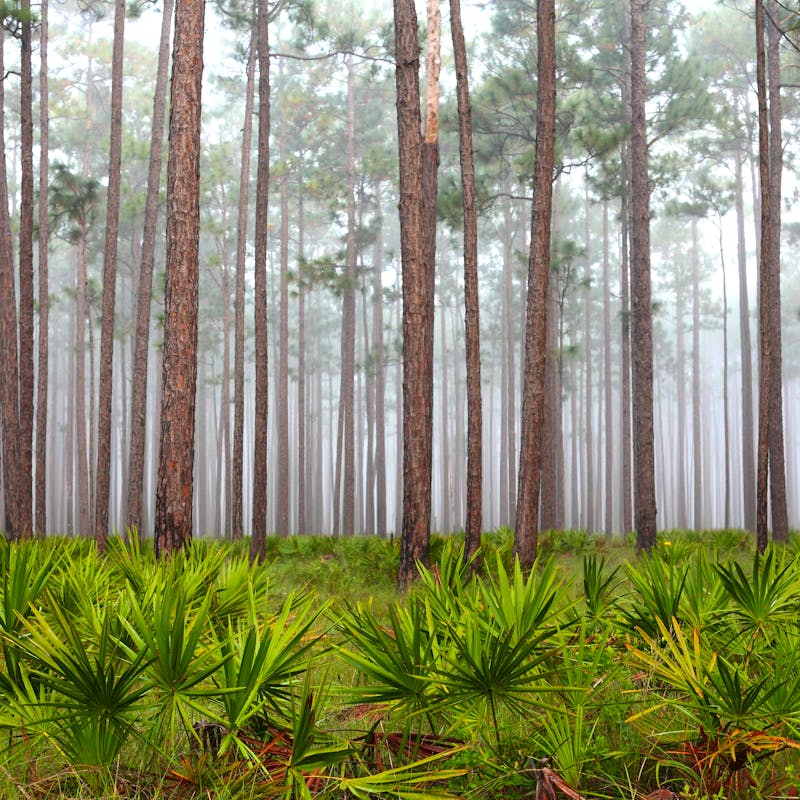Join our mobile Rapid Response Network!
You can be the first to hear about how we’re going to hold the next administration accountable and how you can fight back for wildlife!
There are seven species of sea turtles that inhabit the Earth’s oceans: loggerhead, leatherback, green turtle, hawksbill, Kemp’s ridley, olive ridley and flatback.
Except for the flatback, all species occur in North American waters and are listed as threatened or endangered under the Endangered Species Act. Air-breathing reptiles that have been around for 110 million years, sea turtles spend different parts of their long lives in different parts of the world.
What they all have in common is that they rely on beaches for nesting. When they’re not nesting, sea turtles spend most of their lives in the ocean; much of their journey around the globe remains a mystery to researchers. The southeastern United States provides globally significant habitat for sea turtles. In fact, Florida beaches host 90% of sea turtle nesting in the continental U.S. and the largest rookery of loggerhead nesting in the world.
Threats include fisheries bycatch, habitat loss and disturbance due to development, oil spills and other pollution, ingestion of plastics, entanglement in marine debris, artificial lighting, beach armoring, and illegal harvesting. Climate change also threatens sea turtles as rising sea levels inundate nesting beaches and warming sands shift the sex ratio of hatchlings to 90% female.
Six species of sea turtles are listed as endangered or threatened.

Defenders' Impact
In the Southeast and along the Gulf of Mexico, we work to preserve nesting beaches and foraging areas, improve coastal-construction policies so that jetties and sea walls do not prevent turtles from nesting, promote responsible lighting along nesting beaches, encourage local residents, visitors and businesses to remove trash that attracts raccoons and other predators that devour eggs and hatchlings, and organize workshops and beach clean-ups.
We strive to reform harmful fisheries that kill thousands of sea turtles every year and have successfully advocated for new rules on Cape Hatteras National Seashore to limit off-road vehicles on the beach to protect nesting sites. Defenders also promotes the vigilant use of turtle excluder devises (TEDs) and innovative fishing practices to reduce sea turtle deaths in trawling nets.
In California, Defenders is currently advocating for a law that phases out the use of harmful drift gillnets while promoting sustainable, local fisheries.
In Mexico, we helped change wildlife and fisheries regulations to forbid capture and trade of sea turtle products, as well as promoted the use of safe fishing gear to decrease sea turtle bycatch in shark fisheries, protection measures and correct management of nesting sites. Internationally we successfully stopped proposals to renew commerce with hawksbills in CITES and promoted sea turtle conservation resolutions in the InterAmerican Convention for the Protection and Conservation of Sea Turtles. We created a series of educational materials against the illegal trade of sea turtle products, including a sea turtle identification guide widely used by scientists and government authorities.
We continue to advocate against allowing any new oil and gas exploration and development along the Atlantic and Pacific Coasts.
What You Can Do
Turn out lights visible from the beach. Artificial lights confuse hatchlings trying to make their way to the night sky reflecting on the ocean and discourage females from nesting. Don’t litter, reduce the amount of garbage you produce and help clean up beaches and other natural areas, as beach debris can cause female turtles to false-crawl and prevent them from successfully nesting. Follow posted signs to stay away from nesting areas. Reduce or eliminate pesticide and herbicide use. Watch out for sea turtles while boating. Don’t buy sea turtle products when you travel outside of the U.S.

About
Sea turtles are found in all warm and temperate waters throughout the world and migrate hundreds of miles between nesting and feeding grounds. Most sea turtles undergo long migrations, some as far as 1400 miles, between their feeding grounds and the beaches where they nest.
Since male and juvenile sea turtles do not return to shore once they hatch and reach the ocean, populations are extremely hard to count.
Sea turtles spend most of their lives in the water, so most knowledge of sea turtle behavior is obtained by observing females and hatchlings on beaches during nesting season. Female sea turtles return to the same nesting grounds where they were born and crawl ashore to nest, mostly at night. They move slowly to a dry area of the beach to dig a nest in which to deposit their eggs. After laying the eggs, the female covers the nest with sand and returns to the sea. Eggs develop for about 60 days when hatchlings emerge from the nest at night. They erupt as a group, orient themselves to the brightest horizon, and scramble towards the sea.
The sex of hatchlings is determined by the temperature of nesting beach sand: below 85° F, hatchlings are predominately male and above 85° F, hatchlings are predominately female. Climate change poses an extraordinary risk by skewing the ratio of males to females.
Nesting Season: March-October, depending on the species.
Gestation: About 60 days, but sand temperature can cause a broad range.
Clutch size: An average of 80-120 eggs, depending on the species.
Sea turtle diets depend on the species, but some common foods include jellyfish, seaweed, crabs, shrimp, sponges, snails, algae and mollusks.
Read More About Sea Turtles
News

Defenders Endorses Bills to Secure a Future Against Offshore Drilling









